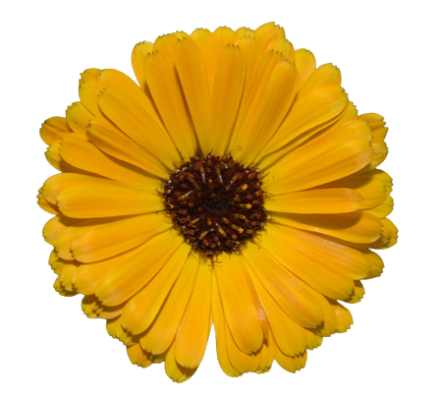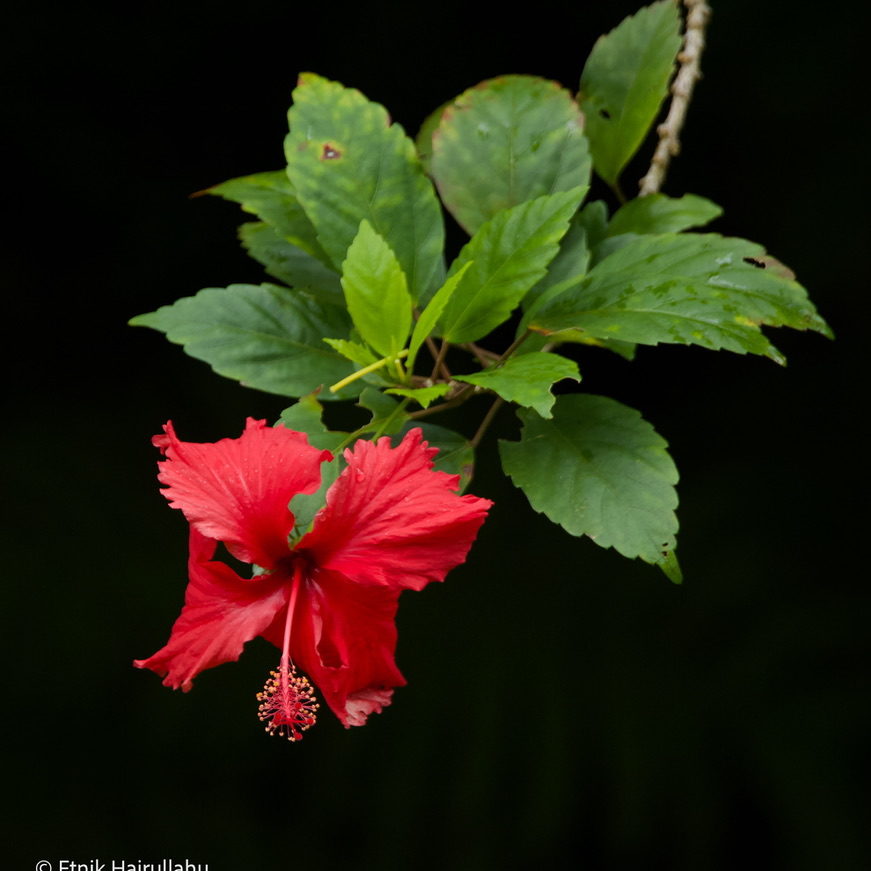The red hibiscus (Hibiscus rosa-sinensis) is a flowering shrub that belongs to the Malvaceae family.
Appearance
The red hibiscus is a perennial shrub that can grow up to 5 meters (16 feet) in height. Its leaves are glossy and dark green, and the flowers are large, showy, and bright red in color. The flowers can range in size from 7 to 18 centimeters (3 to 7 inches) in diameter.
Habitat and Distribution
Red hibiscus is native to Asia but is now found in tropical and subtropical regions worldwide. It is commonly grown in gardens and used as an ornamental plant, but can also be found in the wild.
Behavior and Uses
Red hibiscus is primarily grown for its ornamental value, as it is a popular choice for tropical and subtropical landscapes. It is also used in traditional medicine for a variety of ailments, including high blood pressure, fever, and respiratory issues. The flowers and leaves of the plant can also be used to make teas, jams, and other culinary products.
Conservation Status
The red hibiscus is not classified as an endangered species, but its wild populations are threatened by habitat loss due to deforestation and urbanization.
Interesting Facts
- The red hibiscus is the national flower of Malaysia and the state flower of Hawaii.
- In Hindu mythology, the goddess Kali is said to wear a garland of hibiscus flowers.
- The red hibiscus is often used as a symbol of love, passion, and beauty in literature and art.
In summary, the red hibiscus is a stunning and versatile flowering shrub that is prized for its beauty and medicinal properties. Its large, bright red flowers and glossy green leaves make it a popular choice for gardens and landscapes, while its cultural significance adds to its appeal.

